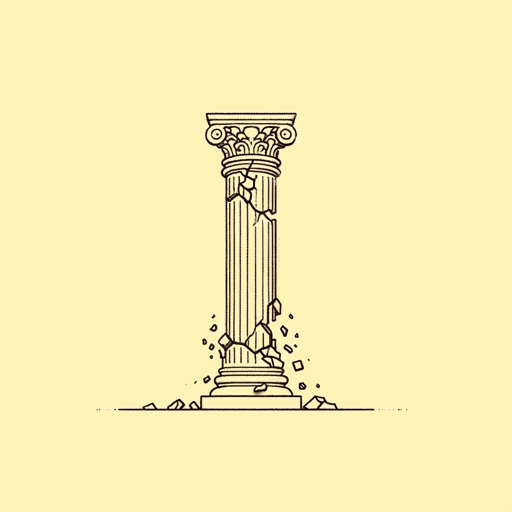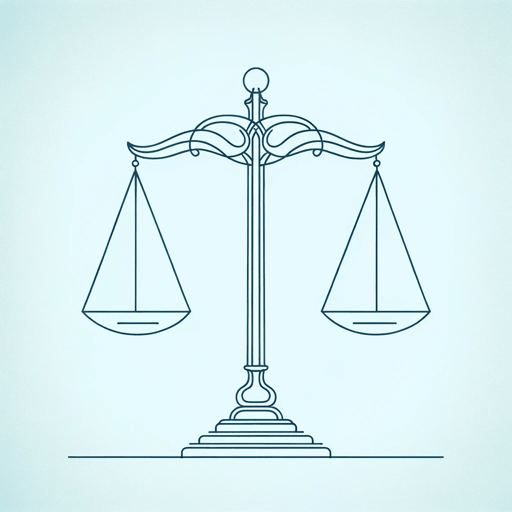44 pages • 1 hour read
Daniel Ziblatt, Steven LevitskyHow Democracies Die
Nonfiction | Book | Adult | Published in 2018A modern alternative to SparkNotes and CliffsNotes, SuperSummary offers high-quality Study Guides with detailed chapter summaries and analysis of major themes, characters, and more.
Introduction-Chapter 3Chapter Summaries & Analyses
Introduction Summary
In the Introduction Steven Levitsky and Daniel Ziblatt note the strangeness in asking whether American democracy, which once seemed invulnerable due to its strong middle class, Constitution, and values of freedom and equality, is under threat. Having spent nearly two decades studying the rise of authoritarian regimes in other places, they suggest there is cause for concern.
Some democracies end dramatically, as happened in Chile in 1973, when the military, led by General Augusto Pinochet, killed president Salvador Allende and assumed control of the country—a pattern that played out in many democratic collapses in the late 20th and early 21st centuries. The authors write, “This is how we think of democracies dying: at the hands of men with guns” (2).
But the process of democratic decline can be more insidious as well. In countries such as Venezuela, an anti-elite outsider candidate—Hugo Chavez—was elected in 1998, after promising a more “authentic” democracy. Within a decade, Chavez had blocked an opposition-led referendum that would have ended his presidency; blacklisted, exiled or arrested opponents; and stifled the media. In 2017 Venezuela was “widely recognized as an autocracy” (5). This stealthy process is now the more common way for democracies to die, making it difficult for people to perceive that it’s happening.
Related Titles
By these authors


